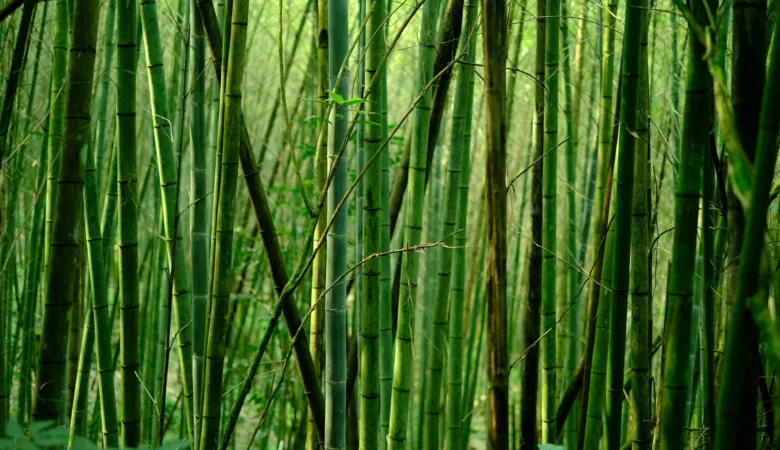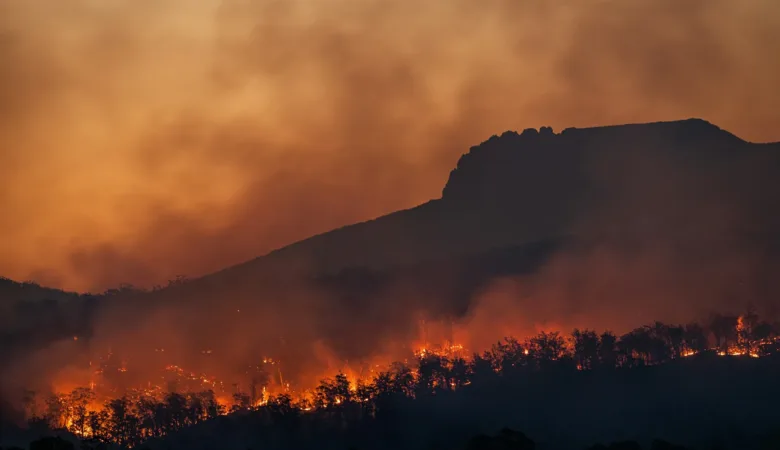Did you know that honeybees have their own secret language? It’s called the waggle dance, and it’s a fascinating way for bees to communicate with each other. In this blog post, we’ll explore the intricacies of the waggle dance and how it allows honeybees to share vital information about food sources and more.
What is the Waggle Dance?
The waggle dance is a unique form of communication used by honeybees to convey important information to their fellow hive members. When a forager bee discovers a new food source, such as a patch of flowers or a rich nectar source, it returns to the hive and performs the waggle dance to share the location of the food with other bees.
The waggle dance is a complex series of movements that involves the bee waggling its abdomen while moving in a figure-eight pattern. The angle and duration of the waggle dance communicate specific details about the location of the food source, such as the direction and distance.
How Does the Waggle Dance Work?
The waggle dance is a form of symbolic communication that conveys information through a combination of movements and vibrations. The bee performing the dance waggles its abdomen from side to side, while also vibrating its wings and producing specific pheromones.
The angle of the waggle dance relative to the vertical axis of the honeycomb represents the direction of the food source in relation to the sun. For example, if the dance is performed straight up, it means the food source is directly facing the sun. If the dance is performed at an angle to the right or left, it indicates that the food source is located in that direction relative to the sun.
The duration of the waggle dance also conveys information about the distance to the food source. The longer the duration, the farther away the food source is. Bees are able to perceive these differences in duration and adjust their flight path accordingly.
Why is the Waggle Dance Important?
The waggle dance is a vital means of communication for honeybees. It allows them to share information about the location and quality of food sources, which is crucial for the survival and success of the entire hive.
By performing the waggle dance, forager bees can guide their fellow hive members to the most productive food sources. This helps to ensure that the hive is efficiently utilizing its resources and maximizing its chances of survival.
Additionally, the waggle dance allows honeybees to adapt to changing environmental conditions. As food sources become depleted or new sources become available, bees can quickly adjust their foraging behavior based on the information shared through the waggle dance.
Conclusion
The waggle dance is a remarkable example of the complex and sophisticated communication systems found in the natural world. Honeybees have developed this unique language to share information about food sources, allowing them to thrive and survive as a collective.
Next time you see a honeybee buzzing around a flower, take a moment to appreciate the intricate dance they perform to communicate with their fellow hive members. It’s a testament to the incredible intelligence and cooperation found in the world of bees.













Leave a Reply